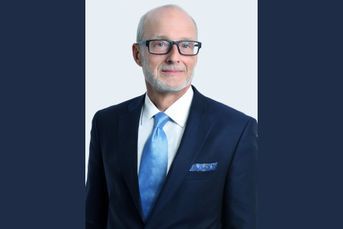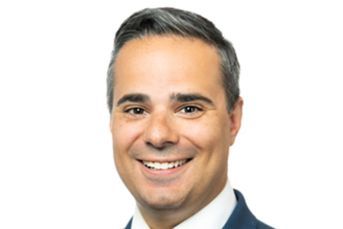Why anxious retirees should consider closed-end funds

Closed-end funds have emerged as a potential solution for retirees seeking to smooth out their cash flows and in turn soothe their shaken nerves.
Rattled retirees seeking steady payouts might want to consider closed-end funds.
At year-end 2021, 461 closed-end funds had total assets of $309 billion, according to the Investment Company Institute. While this marked an impressive increase of 9.8% from the previous year, it was only a whiff of the $28 trillion stashed away in traditional open-end mutual funds. The growth in CEF assets in 2021 was primarily driven by rising stock prices and increased demand for both equity and bond closed-end funds.
Unfortunately, that hasn’t been the case thus far in 2022, as the good times ceased to roll for stocks and bonds alike. The S&P 500 is down more than 13% year-to-date, while the iShares Core U.S. Aggregate Bond index has fallen over 8%.
Moreover, the sell-off has been anything but smooth, as evidenced by the wild, almost-daily swings in the CBOE Volatility Index, known as the VIX. The VIX started the year at 16, then spiked above 36 in March before settling most recently around 26. The excessive choppiness only served to further unnerve anxious retirees whose primary goal is to kick back on their proverbial hammocks, clip their coupons and enjoy their golden years.
Not that CEFs haven’t been taken down with the rest of the market, because they most certainly have. Despite their unique packaging, active management and cultish following, CEFs are still comprised of stocks and bonds like their open-end relatives.
CEFs are listed on securities exchanges, are actively managed and trade intraday on the open market. They typically trade in relation to, but independent of, their underlying net asset values. That means that unlike open-end mutual funds, shares of closed-end funds can trade at premiums or discounts to their underlying NAVs, a feature that many investors find attractive.
All that said, CEFs have emerged as a potential solution for retirees seeking to smooth out their cash flows and in turn soothe their shaken nerves. Many CEFs offer managed distribution policies, enabling them to provide predictable, although not guaranteed, cash flow to common shareholders on a monthly or quarterly basis.
“For those in retirement who do take some preset amount or percentage out of their accounts throughout the year, closed-end funds have a nice spread of distribution rates, which can allow a passive investor the ability to generate withdrawable cash without having to make specific sell transactions,” said Robert Shaker, portfolio manager for Shaker Financial Services.
Those yields aren’t too shabby, either. The average yield on a municipal bond CEF is 4.9%, on taxable bond CEFs 8.9%, on business development company CEFs 9% and on equity CEFs 8.1%.
To be clear, it’s worth noting that those juicy yields are often amplified by leverage, in which a fund borrows against itself to increase the value of its underlying portfolio. In 2021, 61% of CEFs employed structural leverage, portfolio leverage or both.
One would think the Fed-fueled surge in interest rates so far this year would increase volatility in CEFs precisely due to the fact that they employ leverage as a strategy. That’s partially true, according to John Cole Scott, chief investment officer at Closed-End Fund Advisors, but it’s not the entire story.
“Leverage does play a role in CEFs often acting more volatile than their peer open-end funds or exchange traded funds, but the exaggerated movement during active markets is more often driven by retail investors — which make up 80% of the shareholder base — trading narrowing discounts in good times and widening discounts in tough times like we are experiencing now,” Scott said.
“Much has been made of rising rates and CEFs’ use of leverage,” Shaker said. “However. the increased rates will also translate to higher yields in the actual assets these funds invest in. So over time, this works itself out.”
It’s also worth noting that CEFs’ managed distribution policies may also have disadvantages for common shareholders. For example, regular distributions may provide common shareholders with predictable cash inflows, but they also result in consistent cash outflows from the fund, thereby forcing the fund’s adviser to hold a larger cash position than otherwise necessary to pay regular distributions. In addition, if a CEF consistently pays distributions that are larger than the fund’s total return, a portion of the distributions will be made from a return of capital, and the fund eventually will deplete its capital.
Shaker, however, notes that CEFs’ fixed capital structure gives the fund’s adviser an added advantage compared to open-end funds because they’re able to hold positions through duration even in the face of “redemptive pressure.”
Pressure, of course, is the last thing a retiree wants to feel, even remotely from their investment funds.
Erin Botsford: First contain risk, then manage money
Learn more about reprints and licensing for this article.








